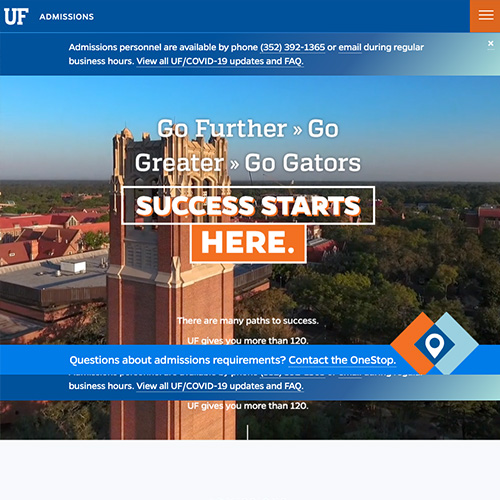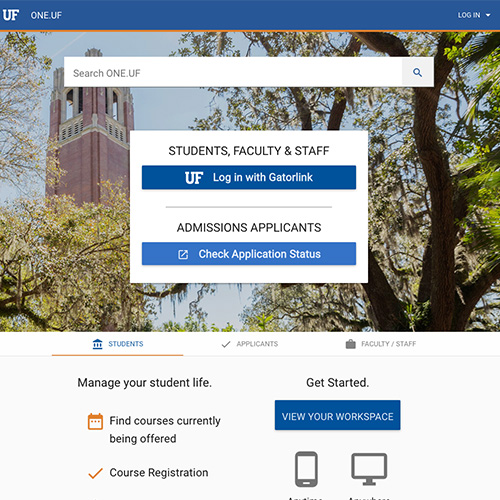FEAP 1 a.- Aligns instruction with state-adopted standards at the appropriate level of rigor
Printable Version (.pdf)
|
Unsatisfactory |
Developing |
Accomplished |
Exceptional |
| For their unit on China, the students acquired all of their information from the district-supplied text-book. (D)
A learning outcome for a fourth-grade class is to make a poster illustrating a poem. (D) All the outcomes for a ninth-grade history class are factual knowledge. (D) The topic of the social studies unit involves the concept of revolutions, but the teacher expects his students to remember only the important dates of battles. (D) Though there are a number of ELL students in the class, the outcomes state that all writing must be grammatically correct. (D) Despite having a textbook that is 15 years old, the teacher plans to use that as the sole resource for his communism unit. (D) The students are handed a biography from the class library and are then asked to write a report. |
The outcomes are written with the needs of the “middle” group in mind; however, the advanced students are bored, and some lower-level students are struggling. (D)
After referring to the science standards, the teacher chooses books on various reading levels for students to use for their reports.There are a plethora of math games available for various skills.There is a library of biographies for the students to choose from when they are asked to write a report. Teacher uses choral responses to engage all students in the required lesson. (M) The teacher reviews examples of proficient student work for the standard related to the lesson before planning. (M)
|
The teacher distributes a list of summer reading materials that would help prepare his 8th graders’ transition to high school. (D)
The teacher reviews her learning activities with a reference to high-level “action verbs” and rewrites some of the activities to increase the challenge level. (D) The teacher creates a list of historical fiction titles that will expand her students’ knowl-edge of the age of ex-ploration. (D) The teacher has students use hand signals to respond to questions to monitor students’ level of understanding and assigns varying worksheets accordingly. (M) The teacher compares student work for the standard with examples of proficient student work when preparing to reteach the lesson. (M) Since Kelly already knows how to multiply, when the class is doing the multiplication practice, she is doing enrichment activities from a learning contract the teacher designed. The students log onto the math game site that is set to their current level of achievement. There are various biography books, videos, and on-line sites for the students to choose from when asked to write a report.
|
The teacher encourages his students to set their own goals; he provides them a taxonomy of challenge verbs to help them strive for higher expectations. (D)
The teacher is not happy with the out-of- date textbook; his students will critique it and write their own text for social studies. (D) The teacher’s unit on ecosystems lists a variety of high level activities in a menu; students choose those that suit their approach to learning. (D) While completing their projects, the teacher’s students will have access to a wide variety of resources that she has coded by reading level so they can make the best selections. (D) After comparing the student work for the standard with examples of proficient student work, the teacher plans some enrichment activities for those students whose work parallels the examples. (M) Since Kelly already knows how to multiply, when the class is doing the multiplication lessons, she is doing enrichment activities from a learning contract that she and the teacher designed. The students choose from a list of sites that have various games for their particular skill. The students are encouraged to seek out various biography books, videos, and on-line sites to choose from when asked to write a report. Teacher uses technology to keep track of students’ responses and assigns groups accordingly. (M) |
Where noted, examples based on:
“(D)” – Danielson, C. (1996). Enhancing professional practice: A framework for teaching. Alexandria, Va: Association for Supervision and Curriculum Development.
“(M)” – Marzano, R. J. (2007). The art and science of teaching: A comprehensive framework for effective instruction. Alexandria, Va: Association for Supervision and Curriculum Development.
Additional Resources for Evaluators:
Numerous specific examples of teaching strategies that demonstrate academic rigor:
http://www.caroltomlinson.com/2010SpringASCD/Rex_SAstrategies.pdf
Article describing how Academic Rigor may appear in the classroom:
http://castingoutnines.wordpress.com/2008/12/19/what-does-academic-rigor-look-like/
Texts focused on academic rigor with the Common Core standards:
http://www.routledge.com/eyeoneducation/
From California Dept. of Education. A comprehensive breakdown of rigor in the secondary classroom:
http://pubs.cde.ca.gov/tcsii/ch1/chp1rigor.aspx
International Center for Leadership in Education- Rigor/Relevance Framework:




